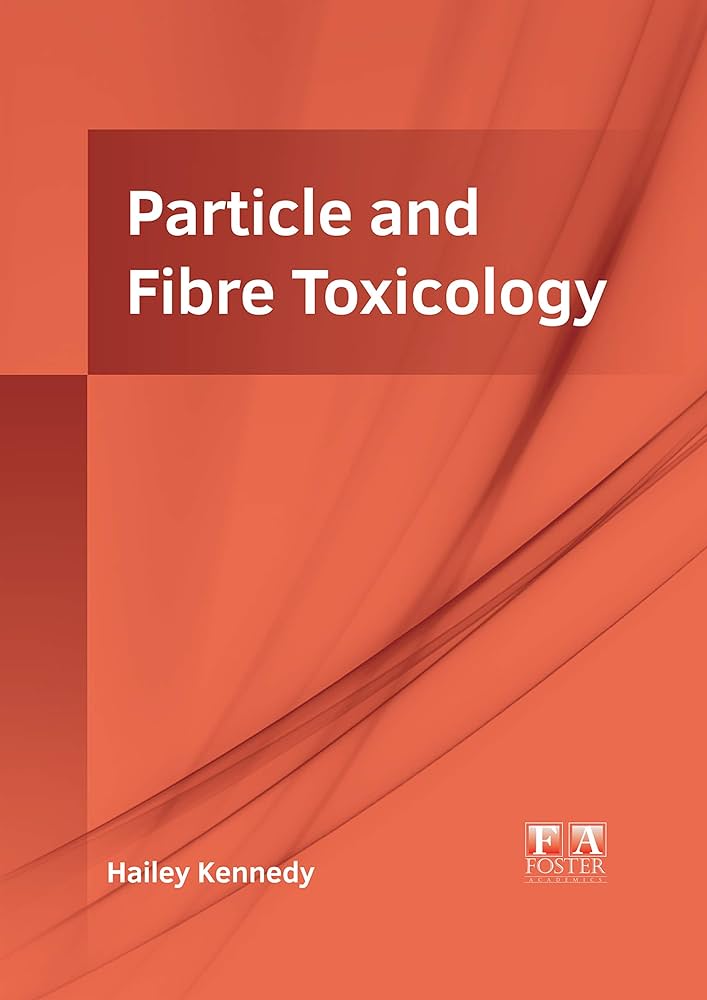颗粒和纤维毒理学家的微塑料和纳米塑料概念
IF 8.2
1区 医学
Q1 TOXICOLOGY
引用次数: 0
摘要
微塑料颗粒和纳米塑料颗粒(MNP)无处不在,它们或被污染,或被有意用于消费品,或从包装甚至食品中释放出来。塑料产量呈指数增长。随着对人体生物蓄积性的认识,毒性研究正在迅速扩展。有关接触 MNP 的潜在影响的论文数量迅速增加,这就要求在进行研究时采用质量标准。目前,大多数有关 MNP 的论文都描述了市售聚合物(主要是聚苯乙烯)珠子的影响,而这些珠子通常并不是最受关注的 MNP。这并不一定是研究界的过错,因为人类接触的 MNP 通常无法达到毒理学研究需要的数量,因此需要创新来提供与环境相关的 MNP 模型。此外,正如我们从数十年的微粒物质和工程纳米材料研究中了解到的那样,样品的理化特性和制备会对生物反应和研究结果的解释产生重大影响。最后,MNP 剂量测定可能会带来挑战,因为:(1) 我们看到的早期证据表明,塑料在人体内的含量已经相当高,这在急性体外研究中可能难以实现;(2) 临床前模型的膳食中已经含有塑料。本评论强调了颗粒和纤维毒理学家在开展和传播研究时应考虑的陷阱和建议。本文章由计算机程序翻译,如有差异,请以英文原文为准。
Micro- and nanoplastics concepts for particle and fibre toxicologists
Micro- and nanoplastic particles (MNP) are omnipresent as either pollution or intentionally used in consumer products, released from packaging or even food. There is an exponential increase in the production of plastics. With the realization of bioaccumulation in humans, toxicity research is quickly expanding. There is a rapid increase in the number of papers published on the potential implications of exposure to MNP which necessitates a call for quality criteria to be applied when doing the research. At present, most papers on MNP describe the effects of commercially available polymer (mostly polystyrene) beads that are typically not the MNP of greatest concern. This is not a fault of the research community, necessarily, as the MNPs to which humans are exposed are usually not available in the quantities needed for toxicological research and innovations are needed to supply environmentally-relevant MNP models. In addition, like we have learned from decades of research with particulate matter and engineered nanomaterials, sample physicochemical characteristics and preparation can have major impacts on the biological responses and interpretation of the research findings. Lastly, MNP dosimetry may pose challenges as (1) we are seeing early evidence that plastics are already in the human body at quite high levels that may be difficult to achieve in acute in vitro studies and (2) plastics are already in the diets fed to preclinical models. This commentary highlights the pitfalls and recommendations for particle and fibre toxicologists that should be considered when performing and disseminating the research.
求助全文
通过发布文献求助,成功后即可免费获取论文全文。
去求助
来源期刊

Particle and Fibre Toxicology
TOXICOLOGY-
CiteScore
15.90
自引率
4.00%
发文量
69
审稿时长
6 months
期刊介绍:
Particle and Fibre Toxicology is an online journal that is open access and peer-reviewed. It covers a range of disciplines such as material science, biomaterials, and nanomedicine, focusing on the toxicological effects of particles and fibres. The journal serves as a platform for scientific debate and communication among toxicologists and scientists from different fields who work with particle and fibre materials. The main objective of the journal is to deepen our understanding of the physico-chemical properties of particles, their potential for human exposure, and the resulting biological effects. It also addresses regulatory issues related to particle exposure in workplaces and the general environment. Moreover, the journal recognizes that there are various situations where particles can pose a toxicological threat, such as the use of old materials in new applications or the introduction of new materials altogether. By encompassing all these disciplines, Particle and Fibre Toxicology provides a comprehensive source for research in this field.
 求助内容:
求助内容: 应助结果提醒方式:
应助结果提醒方式:


